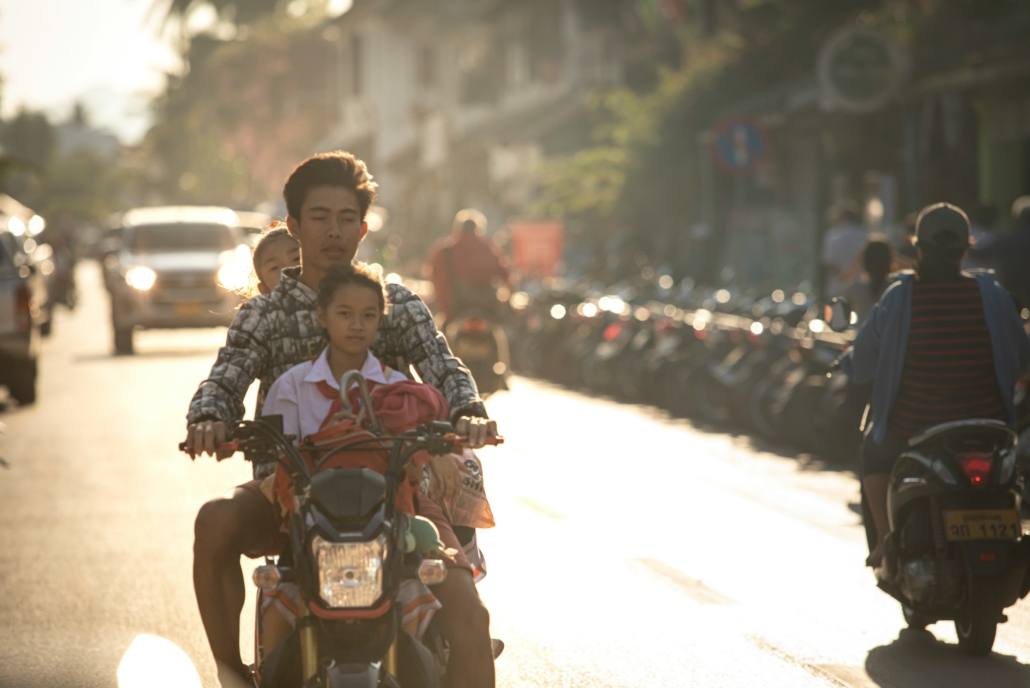 Laos is one of Southeast Asia’s most beautiful and significant countries in terms of biodiversity – but also one of the region’s poorest nations. Foreign aid to Laos is key to alleviating this and protecting the country. With around 40% of Laotians living in poverty in the 1990s, the country has seen significant growth in recent years. However, 18% of the population still live in poverty.
Laos is one of Southeast Asia’s most beautiful and significant countries in terms of biodiversity – but also one of the region’s poorest nations. Foreign aid to Laos is key to alleviating this and protecting the country. With around 40% of Laotians living in poverty in the 1990s, the country has seen significant growth in recent years. However, 18% of the population still live in poverty.
The Lao economy relies on foreign aid and tourism for its investments, while an overwhelming majority of citizens work in agriculture. To build a robust economy and continue to lift people out of poverty, foreign aid focuses on the intersection between changing weather, poverty reduction and biodiversity. Sustainable development which connects rural populations to landscapes and urban cities alike.
Lao Biodiversity and Infrastructure
The environment in Laos comprises 166 species of reptile and amphibian, 700 birds, 90 bats and more than 700 mammals, according to the Convention on Biological Diversity. Situated on the heavily diverse Mekong River, the country contains more than 500 species of fish and 10,000 types of plant, with 40% of its landmass covered by forest. Locals can harness this biodiversity for poverty reduction through agricultural trade.
More than 60% of Laotians work in agriculture, primarily growing a diverse range of rice variants. This natural diversity and rich environment must receive protection to allow the 2 million farmers and laborers to make a profit. This sustainable use of the environment allows economic growth for the poorest in Lao society, while protecting the landscape for future generations.
The agricultural industry struggles when conservation is not at the heart of the sector’s development. Between 2001 and 2022, agricultural land increased from 8% to 18% due to a focus on protected spaces and arable land. Permanent pastures are key to supporting Lao agriculture. Through conservation efforts, the 48,000 unemployed Laotians can find work in conservation projects or crop production. However, these peripheral regions are ill-equipped and disconnected from the rest of the country.
Employment
Agricultural work can also be insecure and susceptible to seasonal fluctuations. Employment in all sectors decreased between 2013 and 2019. Industry itself has created few job opportunities, whereas rising farm incomes have primarily reduced poverty. Conservation projects create jobs that avoid these issues, providing wage-based income and job security. Alex Kremer, World Bank Lao PDR Country Manager, estimates “production forests could create up to 300,000 jobs through sustainable plantations.”
The combination of infrastructure projects and protection against natural disasters further allows Laotians to participate in a growing economy. Between 2010 and 2017, aid from the World Bank improved 171 km along two national roads, cutting travel time by 50% and 72% respectively. This infrastructure for travel and transport is crucial for rural Laotians living in poverty – the current focus of foreign aid to Laos.
How This Helps
The poorest live in rural villages away from larger cities, such as Vientiane and Luang Prabang, and struggle to find funding to improve their tertiary roads. Connecting these communities to larger financial centers and allowing them to travel for work lifts them out of poor conditions and opens them up for business.
During the aforementioned period, the World Bank reports 1,600 km of provincial roads were maintained to connect Laotians across the vast countryside. This allows an existing rural, agricultural economy to be connected to the growing investment centers in the Northern regions of Laos, potentially connecting a rural farmer to western markets.
Through conservation efforts, people not only find jobs but green jobs, which both harness and protect the rich biodiversity of Laos. With further infrastructure investments, local communities can manage their own forests within their local areas, but only if foreign aid can be expanded to the 1,200 villages within protected forest landscapes.
These areas are the hardest to connect to growing urban population ceners, but reaching them is crucial to helping those in extreme poverty on the fringes of Lao society. There is still a lot of work to do, and foreign aid to Laos can bridge these gaps.
The Real-World Impact
The Poverty Reduction Fund does this, for example, with its ‘community-based construction’ of local infrastructure. This also provides education on food consumption, which transforms the approaches of poor families in their health and hunger. Foreign aid to Laos stresses a ‘bottom-up,’ people-focused approach to downsizing poverty, which puts the community and its environment at the heart of poverty-reduction. This initiative was particularly crucial in educating poverty-stricken families who were vulnerable during the coronavirus pandemic.
Foreign aid to Laos is a case study in the intersection between climate, health and poverty in international development. Improving aspects of a country’s infrastructure, seemingly to help just one part of society, simultaneously lifts others out of poverty and improves the overall health of the population. This creates a sense of dignity for the country’s inhabitants, previously unthinkable before the turn of the century.
Important attributes in the makeup of society are amplified through foreign aid in unimaginable, and often intangible, ways. Foreign aid to Laos not only downsizes poverty, but acts as a practical strategy for sustainable development through local infrastructure and job creation.
– Lee Stonehouse
Lee is based in Newcastle upon Tyne, UK and focuses on Good News and Politics for The Borgen Project.
Photo: Unsplash
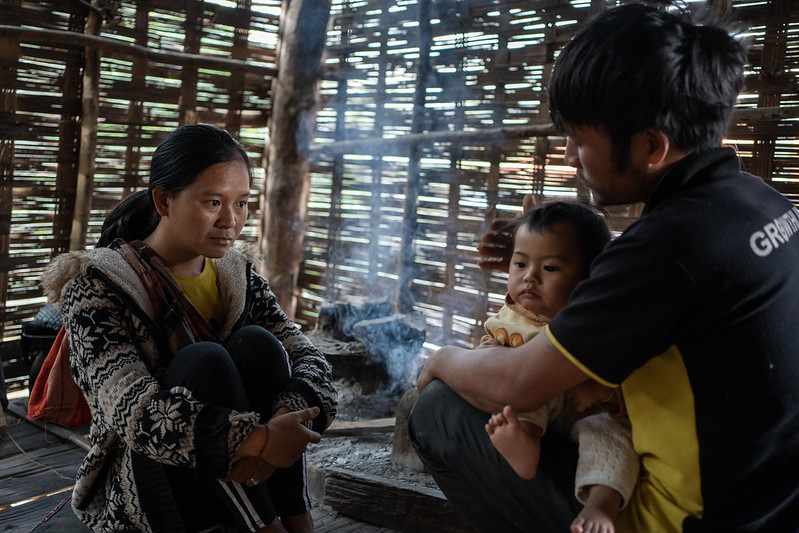
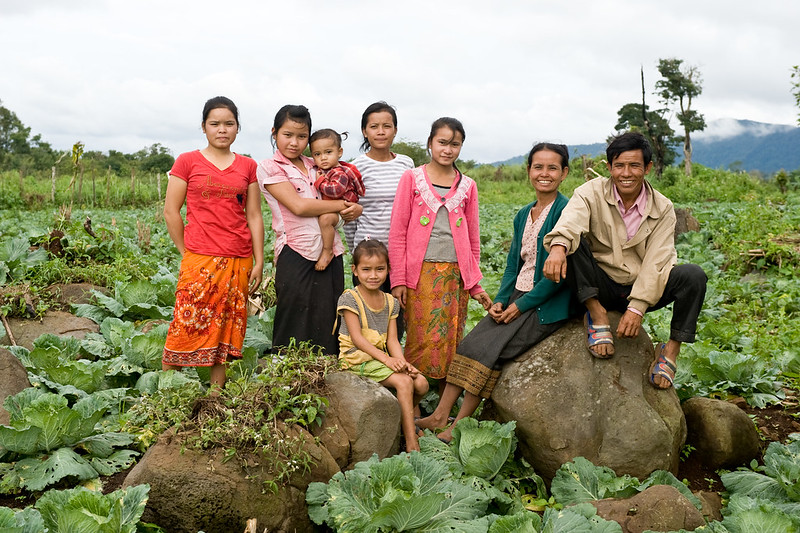
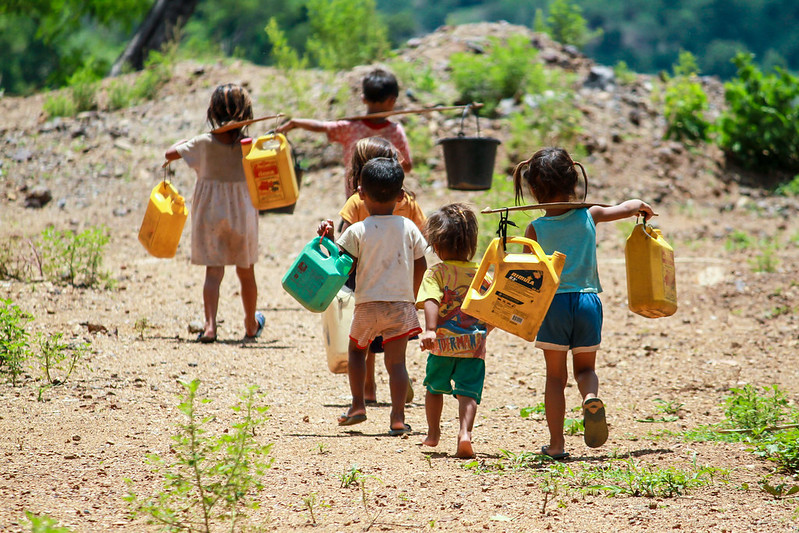
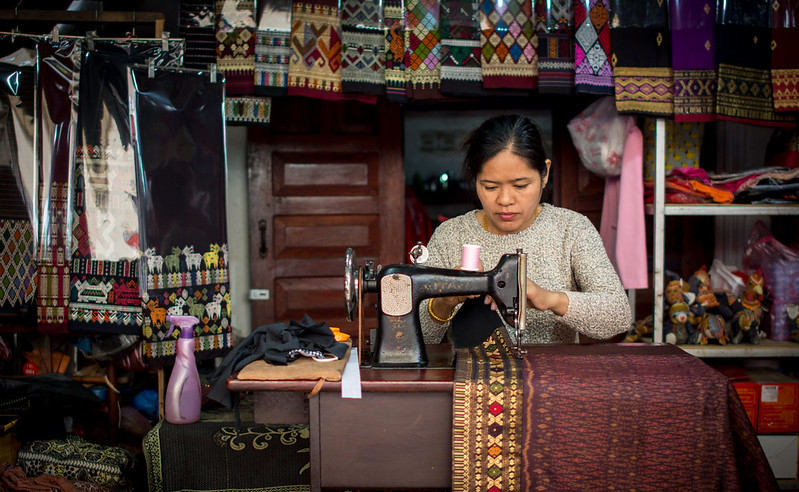 In Laos, a Southeast Asian country, an ongoing challenge affects its socio-economic landscape: the gender wage gap. Women in Laos face significant wage disparities compared to their male counterparts. According to the United Nations Population Fund (UNFPA), women in Laos only
In Laos, a Southeast Asian country, an ongoing challenge affects its socio-economic landscape: the gender wage gap. Women in Laos face significant wage disparities compared to their male counterparts. According to the United Nations Population Fund (UNFPA), women in Laos only 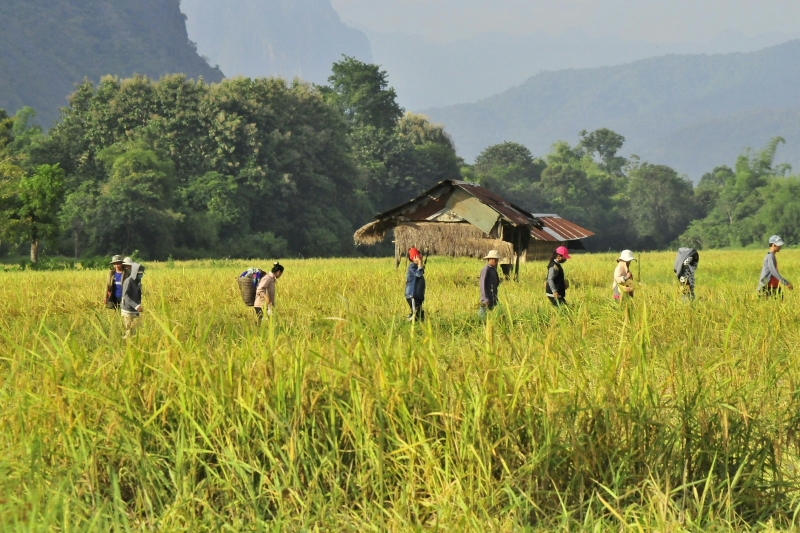 Laos, a country located in Southeast Asia with a GDP of
Laos, a country located in Southeast Asia with a GDP of 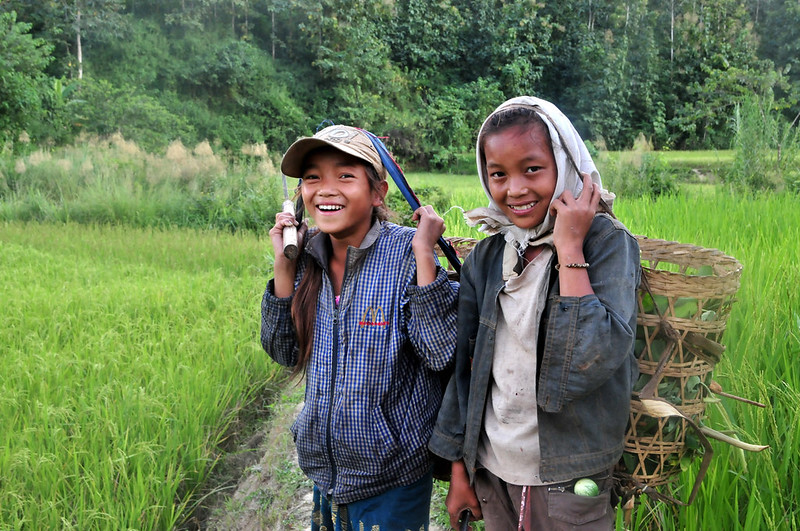 Globally, mental health conditions constitute 14% of the total disease burden, and in Laos, approximately 210,000 individuals are grappling with various mental, neurological or substance-use conditions, including depression and anxiety. Unfortunately, access to essential mental health services is lacking for many affected individuals, particularly in rural areas, resulting in a hidden crisis. This has been made significantly worse by the pandemic.
Globally, mental health conditions constitute 14% of the total disease burden, and in Laos, approximately 210,000 individuals are grappling with various mental, neurological or substance-use conditions, including depression and anxiety. Unfortunately, access to essential mental health services is lacking for many affected individuals, particularly in rural areas, resulting in a hidden crisis. This has been made significantly worse by the pandemic. 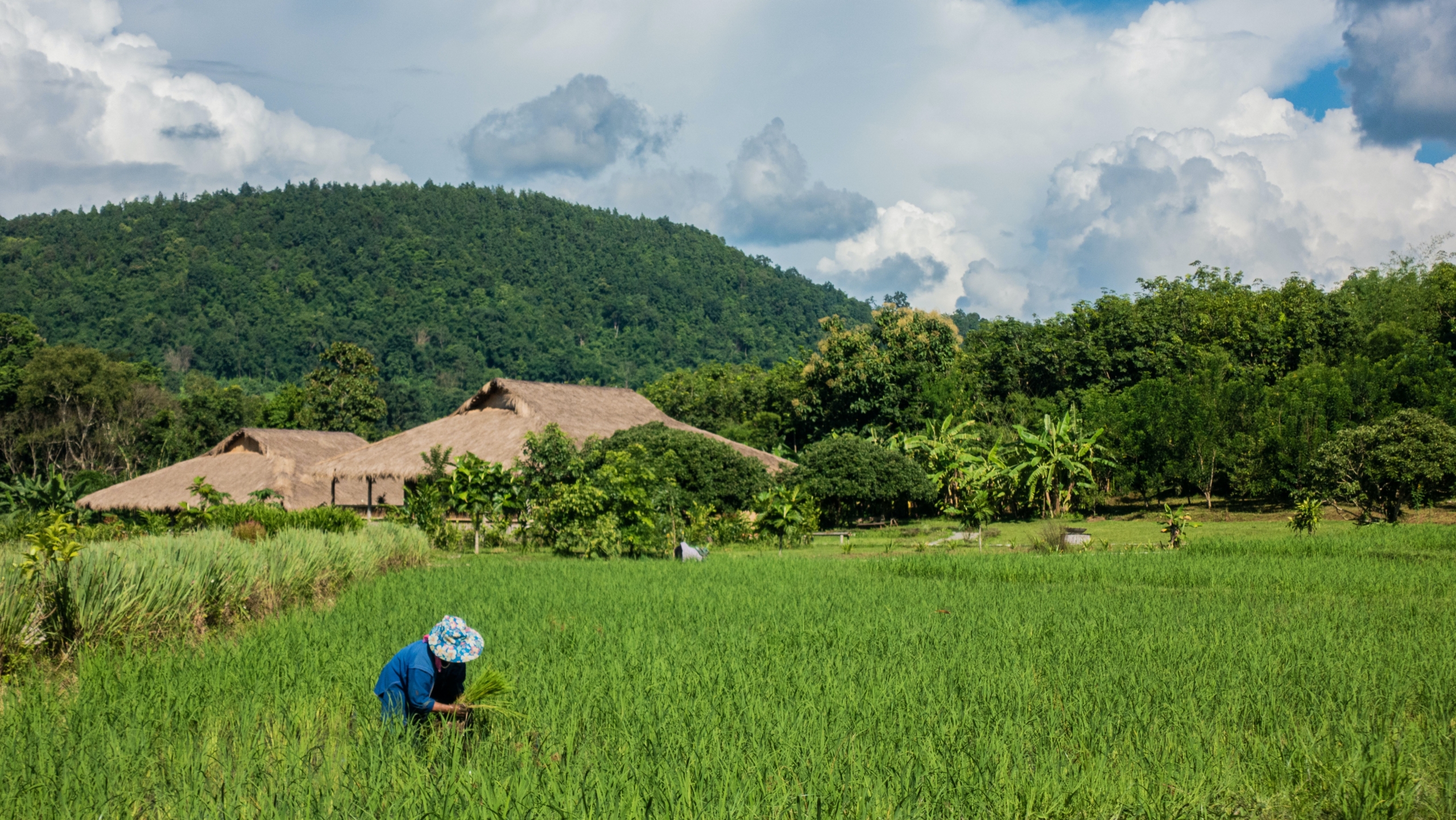 While traveling abroad is a favorite pastime of college students for the views, food and fun, GIVE Volunteers works to engage travelers for a different reason. This service organization gives young people the opportunity to immerse themselves in the culture of five international destinations where they offer programs. On these trips, volunteers work alongside community members on conservation, restoration and education projects. The Borgen Project spoke to one former volunteer and chapter president, Logan Falk, about her eye-opening experience in Thailand and Laos.
While traveling abroad is a favorite pastime of college students for the views, food and fun, GIVE Volunteers works to engage travelers for a different reason. This service organization gives young people the opportunity to immerse themselves in the culture of five international destinations where they offer programs. On these trips, volunteers work alongside community members on conservation, restoration and education projects. The Borgen Project spoke to one former volunteer and chapter president, Logan Falk, about her eye-opening experience in Thailand and Laos.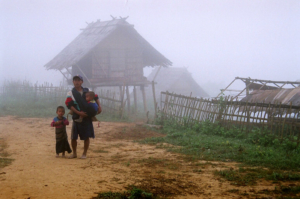 Although the poverty rate in Laos more than halved between 1993 and 2018, nearly one in five households still experience poverty today. Not surprisingly, food insecurity in Laos continues to be a concern. Laos ranked
Although the poverty rate in Laos more than halved between 1993 and 2018, nearly one in five households still experience poverty today. Not surprisingly, food insecurity in Laos continues to be a concern. Laos ranked 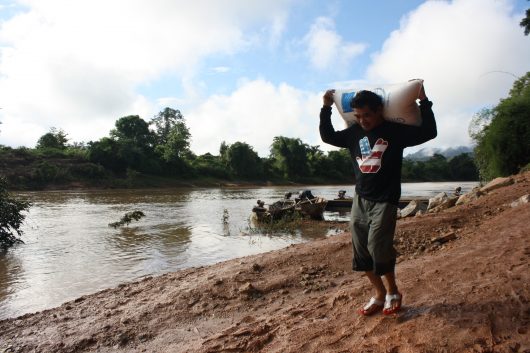 Located in Southeast Asia,
Located in Southeast Asia, 